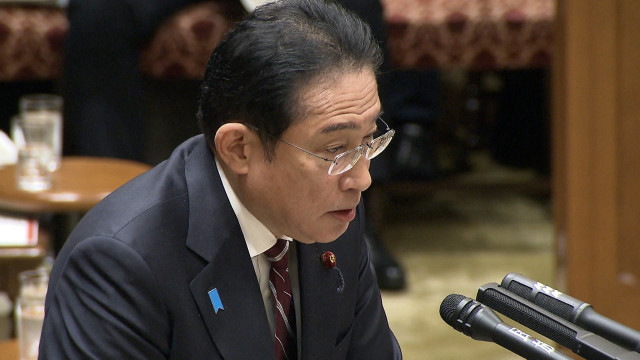子育て支援金 審議入りから激論?
Hanami, or flower viewing, is a beloved tradition in Japan that dates back over a thousand years. Every spring, people across the country gather in parks, gardens, and other outdoor spaces to appreciate the beauty of cherry blossoms in bloom.
Cherry blossoms, or sakura, hold a special place in Japanese culture as a symbol of renewal, hope, and the fleeting nature of life. The delicate pink and white flowers are synonymous with springtime in Japan, and their arrival is eagerly anticipated each year.
During hanami season, families, friends, and colleagues come together to enjoy picnics under the cherry trees, savoring the beauty and serenity of nature. Many people bring traditional Japanese foods such as bento boxes, onigiri (rice balls), and sake to share with their companions. Some parks even have special hanami parties with food stalls and vendors selling sakura-themed treats.
In addition to picnicking, many people also take leisurely strolls beneath the blossoms, admiring their beauty up close. Some parks and gardens have illuminated cherry blossom displays in the evening, creating a magical and romantic atmosphere.
Hanami is not just a recreational activity; it is also a time for reflection and appreciation of the beauty of nature. Many Japanese poets and artists have been inspired by cherry blossoms, creating countless works of art that capture the essence of spring.
Overall, hanami is a cherished tradition that brings people together to celebrate the beauty of nature and the changing seasons. It is a time to relax, unwind, and appreciate the simple pleasures of life under the cherry blossoms.
